Heat treatment guidelines
Heat treating stainless steel is the process of heating and cooling a metal to change its physical properties. There are several types of heat treating stainless steel, each with its own purpose.
Heat treatment of stainless steel can be used to achieve various goals, such as:
- Increased strength and hardness.
- Improved plasticity and toughness.
- Reduced internal stress.
- Improved machinability.
- Changed magnetic properties.
Characteristics
- High hardness PM stainless steel.
- Excellent polishability.
- Can be readily surface treated.
- Good corrosion resistance and very good abrasive wear resistance.
This information is based on the current state of knowledge and is intended to provide general notes on the products and their use. It should therefore not be construed as a guarantee of specific properties of the products described or a guarantee of fitness for a particular purpose. It is your responsibility to ensure that you have the latest version of the steel manufacturer's document and that you forward it to your heat treatment service provider. Failure to do so may result in deterioration of the material properties.
| Vacuum | Salt Bath** / Fluidized Bed | Atmosphere Furnace Muffle Furnace / Packed | |
| ** Salt Bath heat treatment can be performed but is not recommended for details with blind holes or threaded holes that will not be rework after heat treatment. | |||
| Preheating Temperature | 1. Bring up to 1200°F, equalize 2. Heat up to 1550°F, equalize (optional) | 1. 1100 - 1200°F, equalize 2. 1500 - 1600°F, equalize | 1. Bring up to 1200°F, equalize 2. Heat up to 1550°F, equalize |
| Hardening Temperature (Austenitizing) | 1920 - 2010°F (Normally 1980°F) Holding time after the tool or part has fully heated through at the hardening temperature: minimum 30 minutes, maximum 1 hour. Alternatively hold 20 minutes for first 1” and then 15 minutes for each additional inch of wall thickness. | ||
| Quenching* | Alt. 1 Inert gas, positive pressure. Alt. 2 Back-filled pressurized gas to 1000°F, then equalize center and surface. Continue to 700°F and equalize. Then cool in circulating air. | Alt. 1 Quench in Salt 390-1020°F, equal then air cool. Alt. 2 Quench in oil 150°F until the part is black, then air cool. Alt. 3 Circulated air. | Alt. 1 Oil 150°F until the part is black, then air cool. Alt. 2 Circulated inert gas. Alt. 3 Circulated air. |
| *Cooling rate must be adequate to ensure good mechanical properties. However, also consider the risk of excessive distortion from very fast cooling. | |||
| • For maximum dimensional stability, a cryogenic treatment can be applied immediately after quench. An increase of 1-2 HRC can then be expected. However, avoid intricate shapes due to the risk of cracking. | |||
| Tempering (minimum two times) Temper immediately after quenching when the tool or part reaches 150°F | Hardening Temperature: Tempering Temperature Tempering Times: 1 hour per inch of wall thickness, or hold at temperature a minimum of 2 hours. | ||
| Stress Temper performed on hardened tools after EDM or welding | Check hardness to confirm tool status. Temperature: Shall be 50°F below the lowest tempering temperature. Time: Soak 30 minutes per inch of maximum section with a minimum of 2 hours once tool comes to temperature. Cool in still air. Caution: Stress tempering in an unprotected atmosphere will oxidize the tool. For hot work applications, this can prove beneficial to protect the tooling surface during operation. However, in other applications where surface finish condition is a concern, consult your heat treater on options for protective atmospheres or finish the surface after stress tempering. | ||
| Dimensional Stability | Average size change as a result of hardening and tempering may not exceed 0.003 inch/inch/maximum dimension if the tool has been stress relieved before finish machining. If stress relieving is not performed as recommended, dimensional stability may be inconsistent and cannot be guaranteed. | ||
The choice of the type of heat treatment depends on both the grade of stainless steel and the desired properties of the metal that need to be obtained after such treatment.

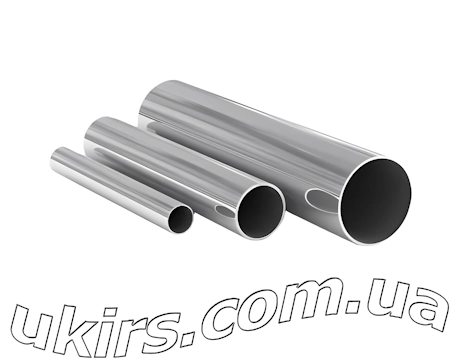 Stainless Steel Round Pipe
Stainless Steel Round Pipe 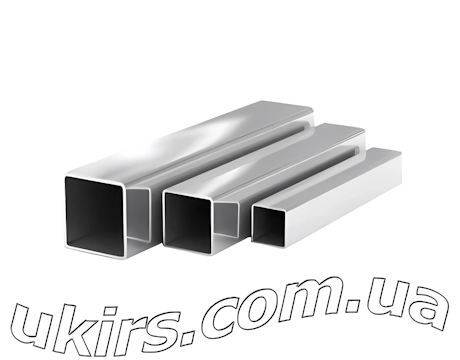 Stainless Steel Square Pipe
Stainless Steel Square Pipe 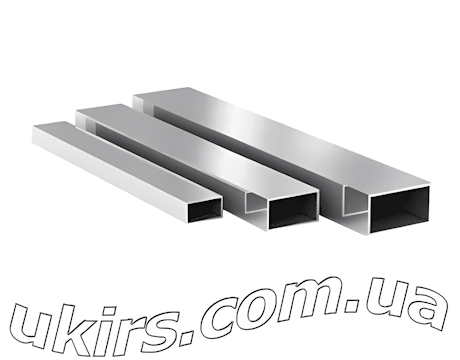 Stainless Steel Rectangular Pipe
Stainless Steel Rectangular Pipe 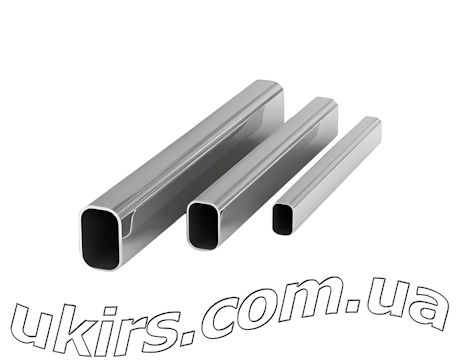 Stainless Steel Oval Pipe
Stainless Steel Oval Pipe 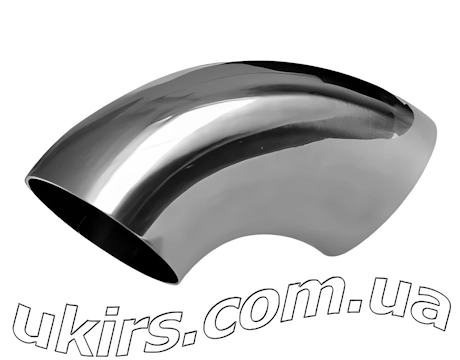 Stainless Steel Elbow
Stainless Steel Elbow 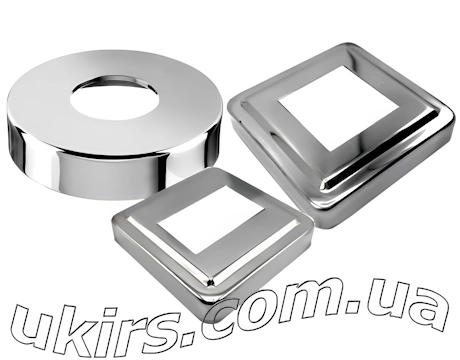 Stainless Steel Decorative Cover
Stainless Steel Decorative Cover 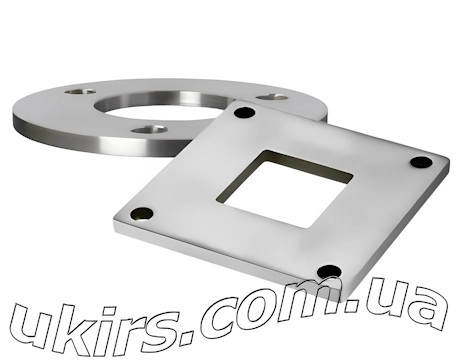 Stainless Steel Flange
Stainless Steel Flange 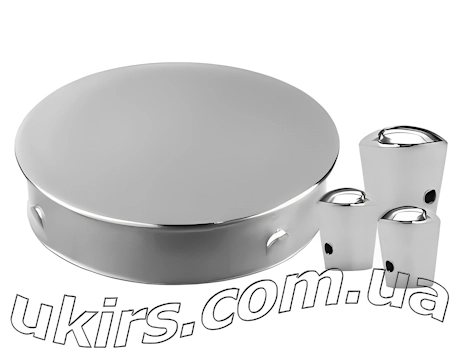 Stainless Steel Plug / Cap
Stainless Steel Plug / Cap 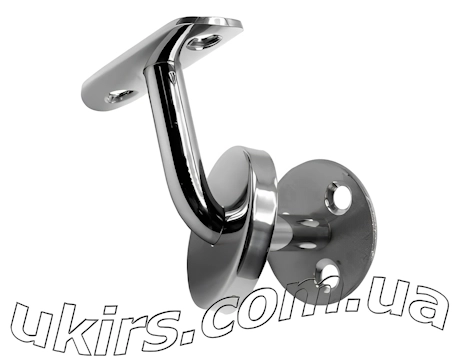 Stainless Steel Handrail Holder
Stainless Steel Handrail Holder